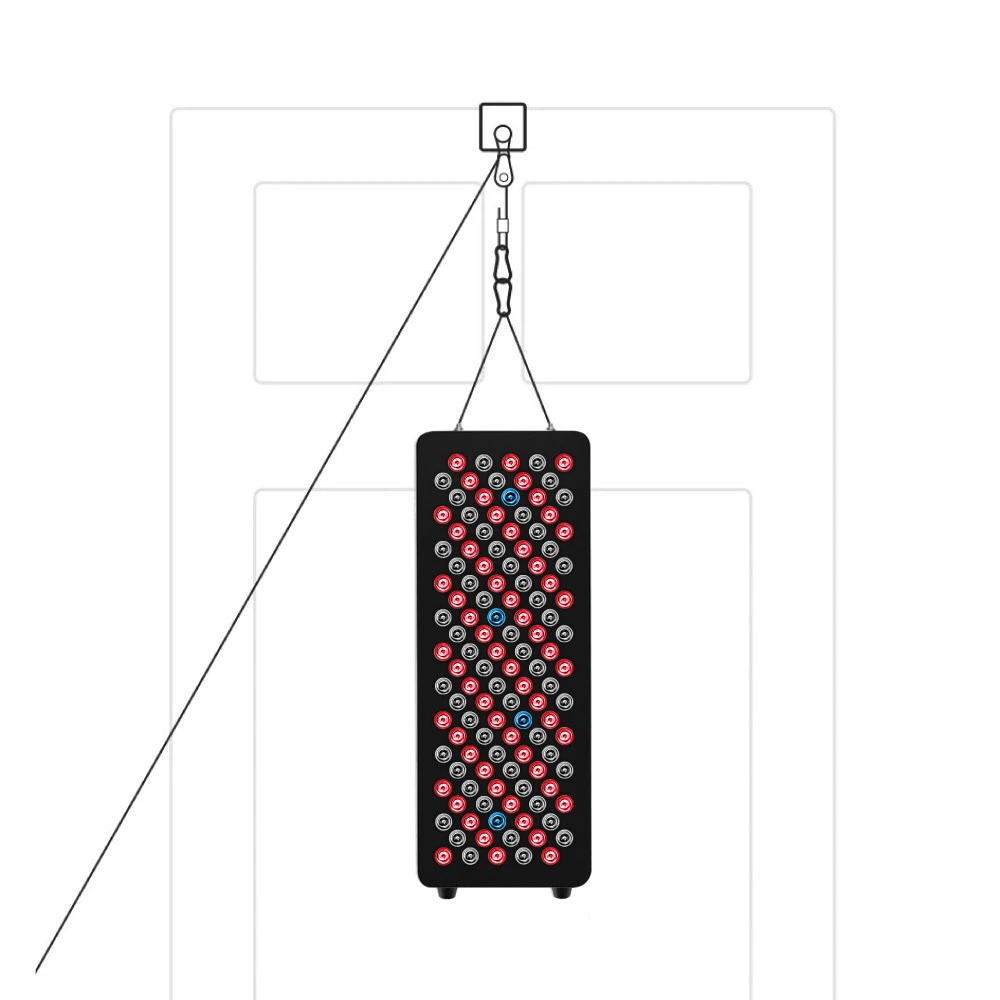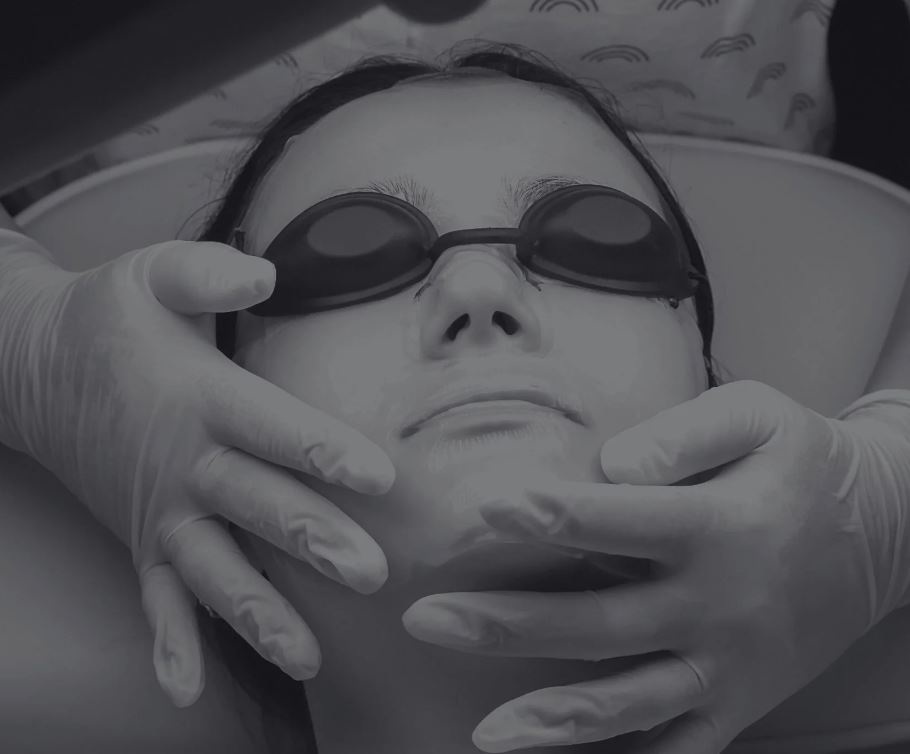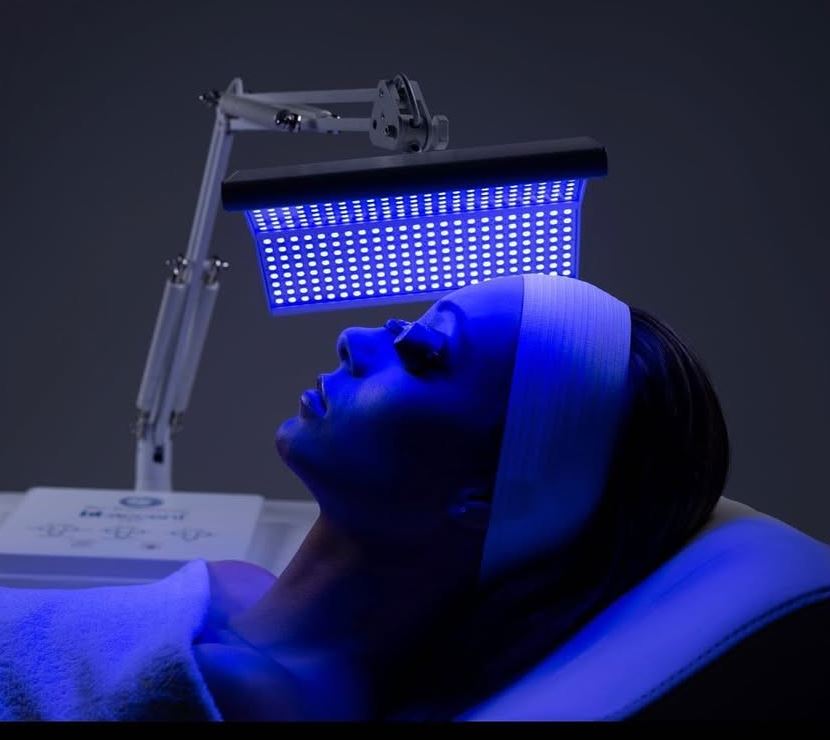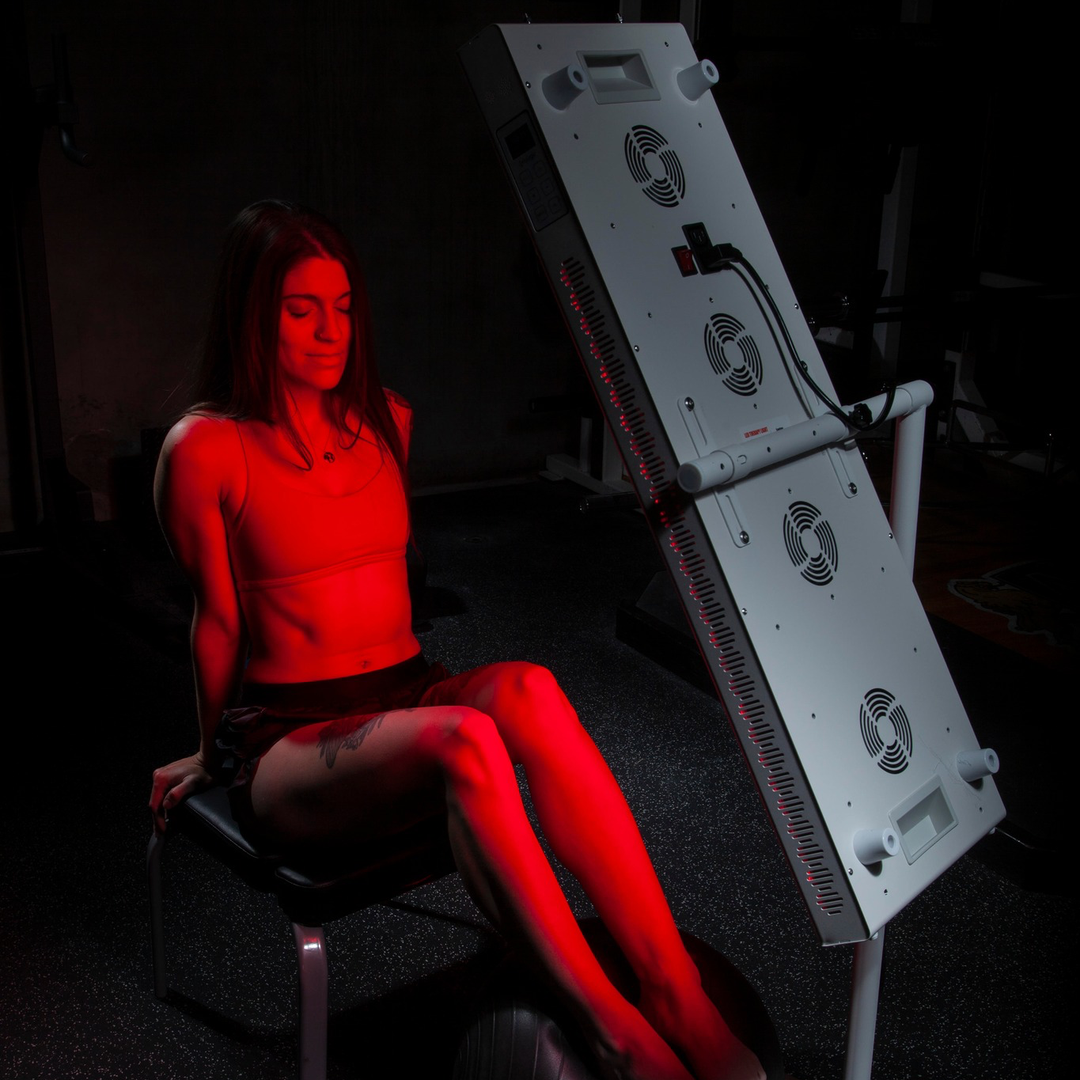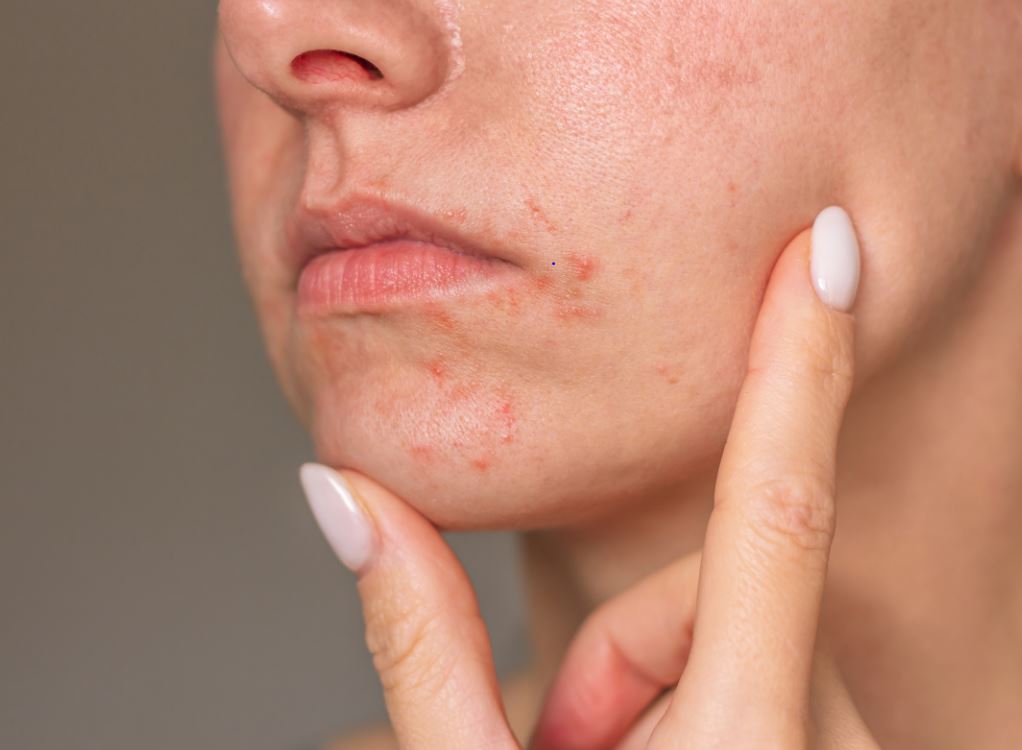![]() Free Shipping
Free Shipping ![]() Buy Now, Pay Later
Buy Now, Pay Later ![]() Eligible
Eligible
Can You Use Red Light Therapy While Pregnant? A Safety Guide

Introduction
Pregnancy is a time of incredible change, and with it often comes a new focus on wellness and self-care. Many expecting mothers look for safe, natural ways to manage common discomforts like back pain, swelling, and skin changes. Red light therapy (RLT), a non-invasive treatment known for its skin and pain relief benefits, has surged in popularity. But this raises an important question: Is red light therapy safe to use during pregnancy?
The short answer is that while red light therapy is generally considered low-risk, there is not enough conclusive research to give it a definitive green light for pregnant women. This article will dive deep into what the science says, the potential benefits and risks, and the critical precautions you need to take.
What is Red Light Therapy?
Before we discuss its use in pregnancy, let’s quickly define what red light therapy is.
Red Light Therapy (RLT), also known as photobiomodulation (PBM) or low-level laser therapy (LLLT), is a treatment that uses specific wavelengths of red and near-infrared light to penetrate the skin. Unlike UV light, which can damage DNA, red light is designed to stimulate cellular function.
The key mechanism is thought to be the boost in cellular energy production. Light energy is absorbed by the mitochondria (the powerhouses of our cells), leading to increased production of adenosine triphosphate (ATP). This “supercharged” cell can then function more efficiently, leading to a cascade of potential benefits like reduced inflammation, accelerated healing, and enhanced collagen production.
The Potential Benefits: Why Moms-to-Be Are Interested
The proposed benefits of RLT are particularly appealing for addressing common pregnancy ailments. While research in pregnant populations is limited, the theoretical and anecdotal appeal is strong.
- Pain Management: Pregnancy can bring on back pain, pelvic girdle pain, and carpal tunnel syndrome. RLT is well-established for its ability to reduce inflammation and pain in non-pregnant individuals.
- Skin Health: Hormonal changes can lead to acne, melasma (the “mask of pregnancy”), and stretch marks. RLT’s collagen-boosting and anti-inflammatory properties could theoretically help improve skin elasticity and tone.
- Improved Sleep and Mood: The fatigue and mood swings of pregnancy are real. Some users of RLT report improved sleep quality and a general sense of well-being.
- Wound Healing: For perineal tears or C-section scars postpartum, RLT has shown promise in promoting tissue repair.
The Safety Debate: What Do the Experts Say?
This is the core of the issue. The primary concern with any treatment during pregnancy is the potential for harm to the developing fetus.
The Case for Caution: Lack of Data
The most significant and valid reason for caution is the almost complete lack of large-scale, controlled studies on red light therapy in pregnant human subjects. Medical ethics make it difficult to conduct such studies, so we are left relying on animal studies, theoretical models, and expert opinion.
The main theoretical risk involves heat. While high-heat therapies like hot tubs and saunas are known to be risky during pregnancy due to the potential for raising core body temperature (hyperthermia), most high-quality red light therapy devices produce negligible heat. The risk from heat with a professional-grade RLT device is considered very low.
Expert Opinion: A Cautious Approach
Most medical professionals err on the side of caution when data is lacking.
Dr. Jane Simmons, OB-GYN: “When a patient asks me about red light therapy, my advice is always to pause until after delivery. We know it’s likely low-risk, but ‘likely’ isn’t a guarantee we’re comfortable with when it comes to fetal development. The first trimester, when major organ systems are forming, is a period of particular sensitivity where I recommend absolute avoidance of any non-essential treatments.”
The Case for Potential Use: Understanding the Light
Proponents of its cautious use point to the fundamental difference between red light and harmful radiation.
- No Ionizing Radiation: Unlike X-rays, red and near-infrared light is non-ionizing, meaning it doesn’t have enough energy to damage DNA or cells directly.
- Superficial Penetration: While near-infrared light can penetrate several centimeters, it is unlikely to reach the uterus, especially in the second and third trimesters. The fetus is well-protected by layers of skin, fat, muscle, and amniotic fluid.
Dr. Alan Foster, a Researcher in Photomedicine: “The biophysical principles suggest that topical red and near-infrared light therapy applied to areas like the back, face, or joints poses a negligible risk to the fetus. The energy levels used in consumer and clinical devices are simply too low to cause thermal damage or disrupt development. However, we must always respect the precautionary principle until more targeted research is conducted.”
Red Light Therapy in Pregnancy: A Quick-Reference Chart
The following chart summarizes the consensus on different application areas. A crucial rule: Always avoid direct application to the abdomen.
| Application Area | Safety Consideration During Pregnancy | Rationale |
|---|---|---|
| Face & Neck | ⚠️ Likely Low Risk | For skin concerns like acne. Fetus is well-shielded. Use low power and minimal time. |
| Joints (Wrists, Ankles) | ⚠️ Likely Low Risk | For pain like carpal tunnel. Far from the uterus. Risk is considered minimal. |
| Back & Shoulders | ⚠️ Use with Caution | Closer to the uterus, but penetration to the fetus is still unlikely. Avoid prolonged sessions. |
| Abdomen | 🚫 AVOID | Absolute contraindication. Direct application to the abdomen is not recommended. |
| Full-Body Beds | 🚫 NOT RECOMMENDED | Larger surface area increases theoretical (though small) risk and potential for overheating. |
Doctor-Recommended Alternatives for Common Pregnancy Issues
If you decide to forgo red light therapy during pregnancy, there are many safe and effective alternatives.
- For Back Pain: Prenatal yoga, swimming, physical therapy, and warm (not hot) compresses.
- For Skin Issues: Pregnancy-safe topical products with azelaic acid or glycolic acid for acne, and high-SPF mineral sunscreen for melasma.
- For Swelling: Compression socks, elevation of legs, and staying hydrated.
- For Overall Wellness: Walking, meditation, and prenatal massage.
The Final Verdict & Your Action Plan
So, can you use red light therapy while pregnant?
The consensus leans towards “it’s probably safe for localized, non-abdominal use, but the official recommendation is to avoid it due to a lack of definitive data.”
VELLGUS Elite V2
THE #1 RATED RED LIGHT DEVICE
VELLGUS pro V2
THE #1 RATED FULL BODY RED LIGHT DEVICE
Your Action Plan:
- Consult Your Doctor or Midwife First: This is non-negotiable. Have an open conversation about the specific device you want to use, the area you want to treat, and the reason why.
- Avoid the First Trimester: If you and your provider decide to proceed with caution, most experts would agree that avoiding use during the critical first 12 weeks is the wisest course of action.
- Avoid the Abdomen: Never aim the light directly at your belly.
- Choose a Reputable, Low-Power Device: If using at home, opt for a high-quality, FDA-cleared device and follow the instructions carefully, using the shortest effective time.
- Listen to Your Body: If anything feels off, stop immediately.
Ultimately, the decision is a personal one to be made in close partnership with your healthcare provider. When in doubt, opting for the many other proven-safe wellness practices during pregnancy is always the most secure path.



